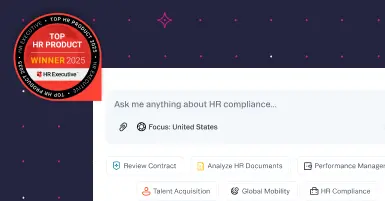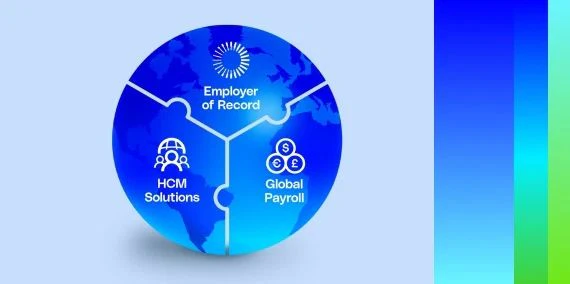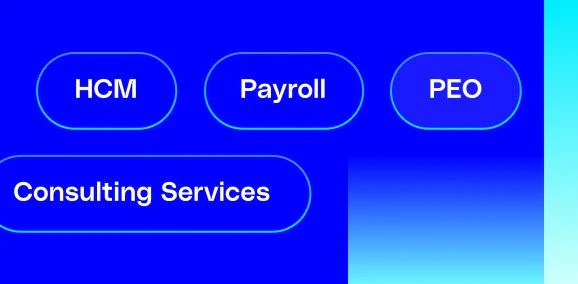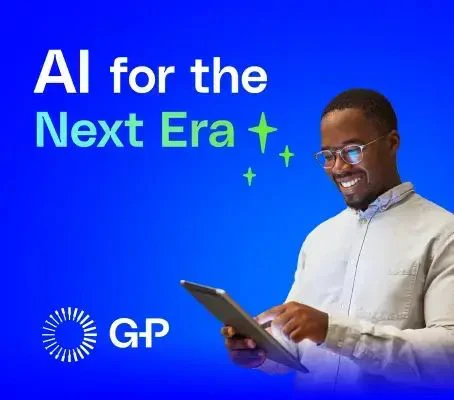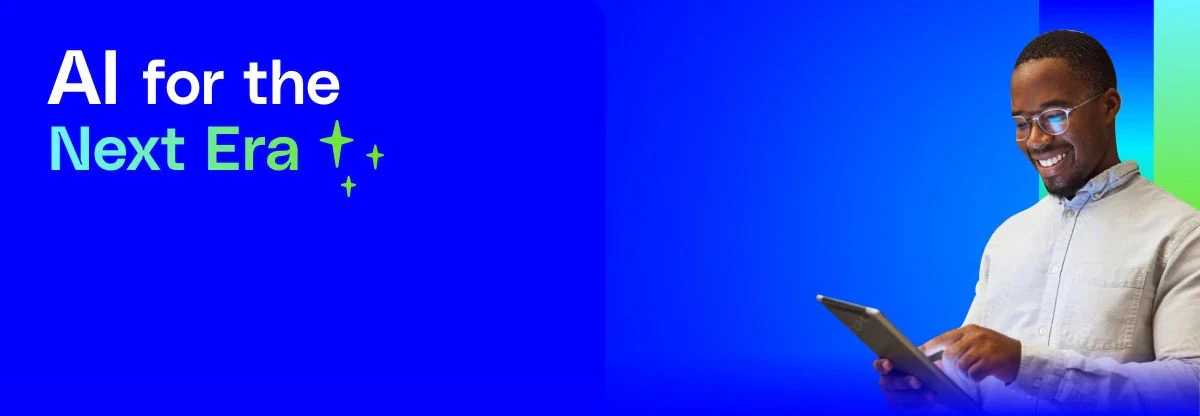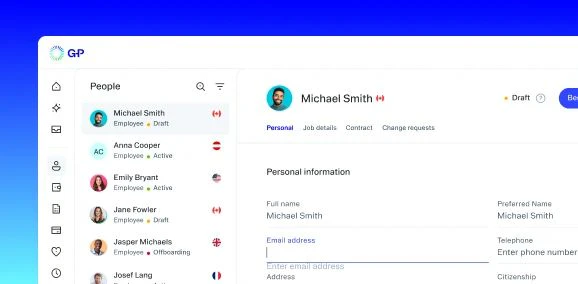
Fresh Global Thoughts for Fearless Global Thinkers.
Welcome to Where Possibilities Begin, G-P’s blog that shares the latest ideas and insights from growth-minded innovators, business leaders, and industry executives from around the world.

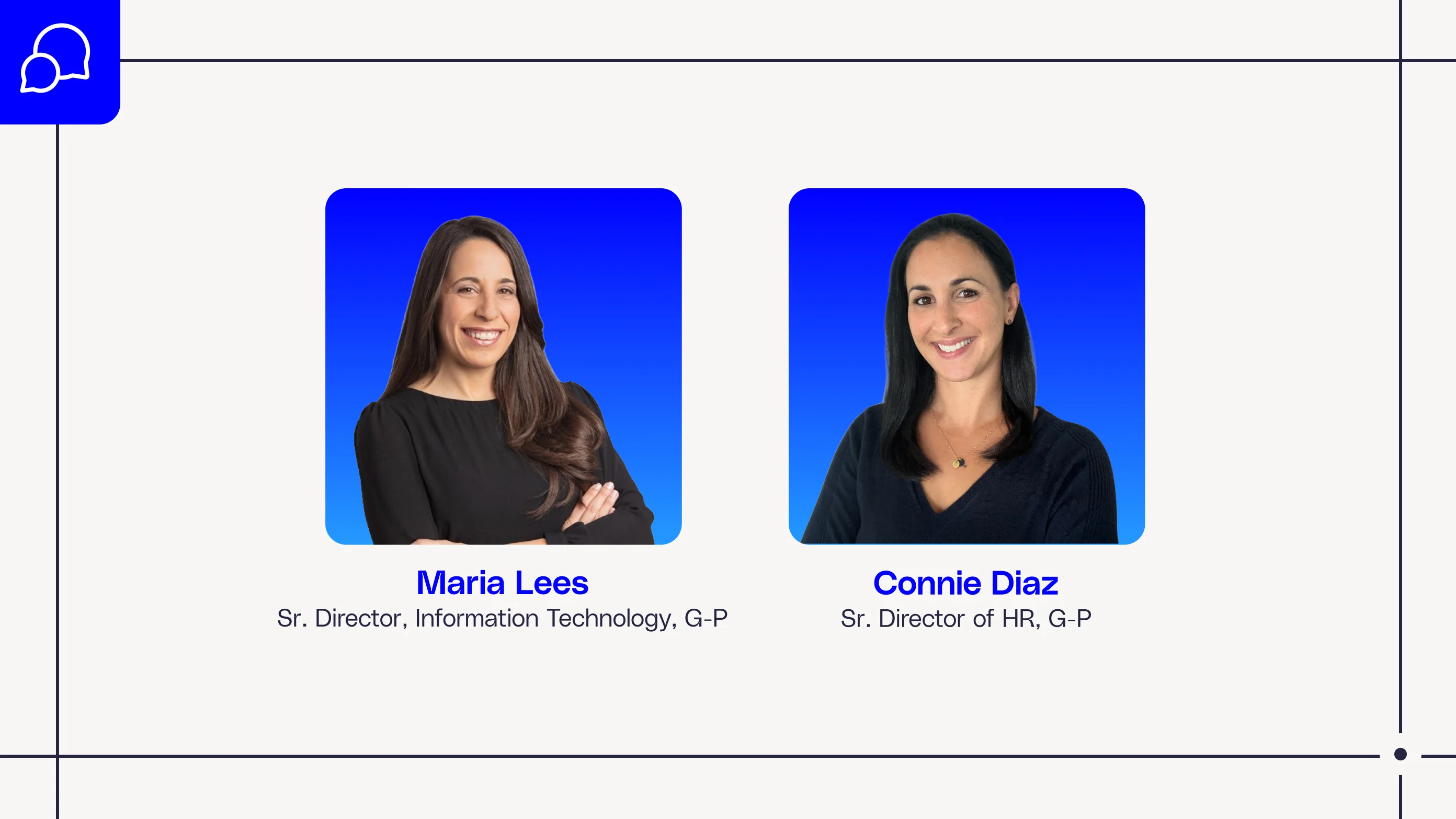
Trust through transparency: the IT philosophy in the AI era

Guide to global employee benefit types

2026 workforce predictions: Why confidence is rising and complexity isn’t going away

6 legal risks for France-based companies hiring globally

Guide to using an employer of record for France-based companies

AI transforms global HR: here’s how to take your first steps

6 hidden costs of global hiring for France-based companies

Create your company code of conduct with G-P Gia™

G-P vs. Omnipresent: EOR comparison guide
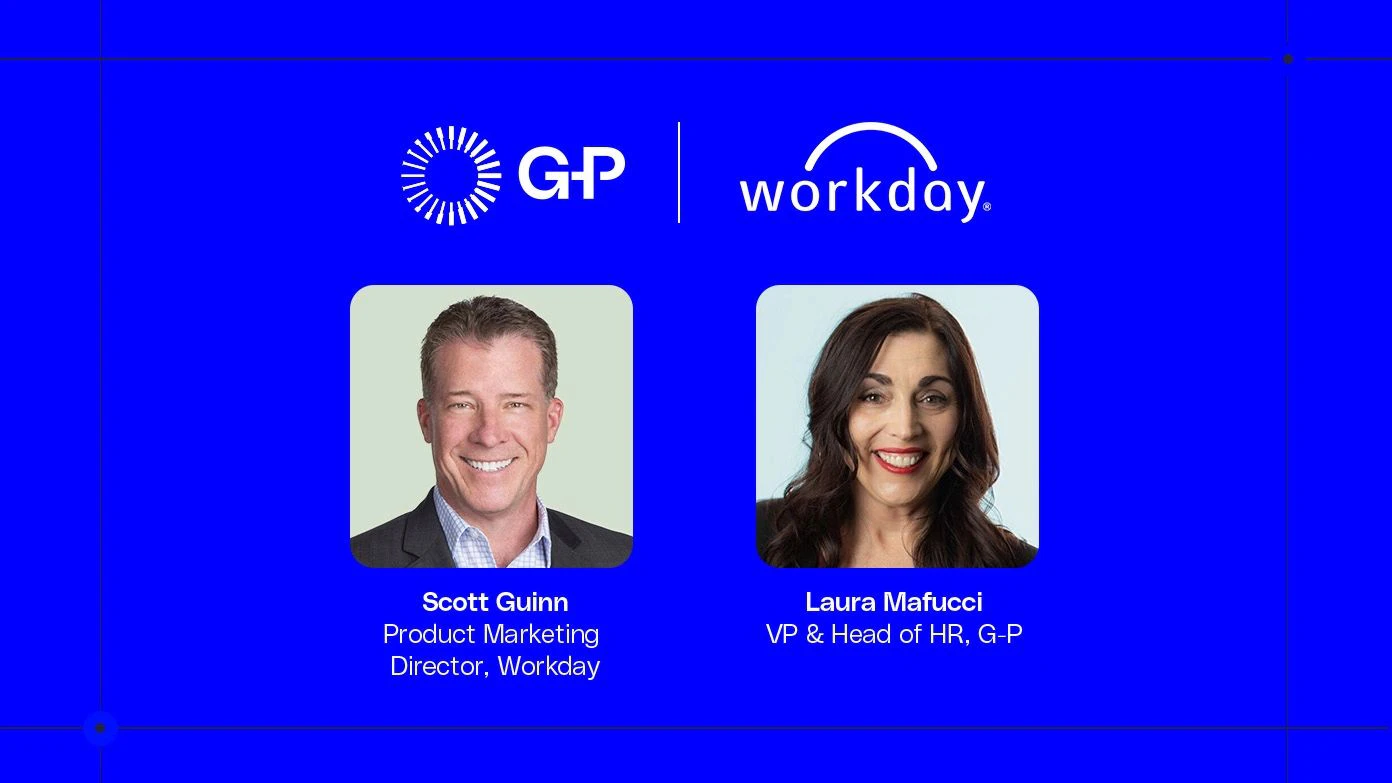
How to use AI as an extension of your HR team
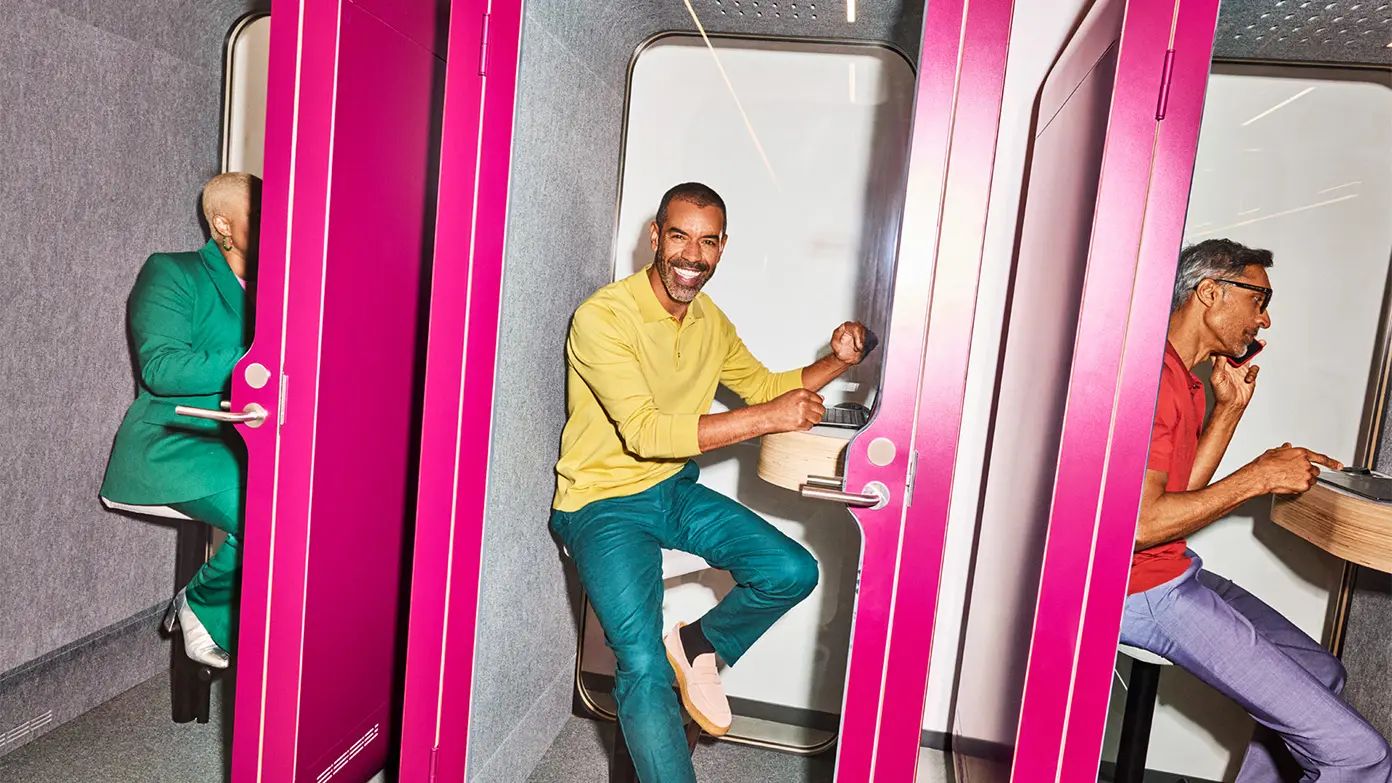
G-P vs. Safeguard Global: EOR comparison
Global thinking. Global growth. Let’s go.
countries available
payroll accuracy
global partners
customer satisfaction
countries available
payroll accuracy
global partners
customer satisfaction


